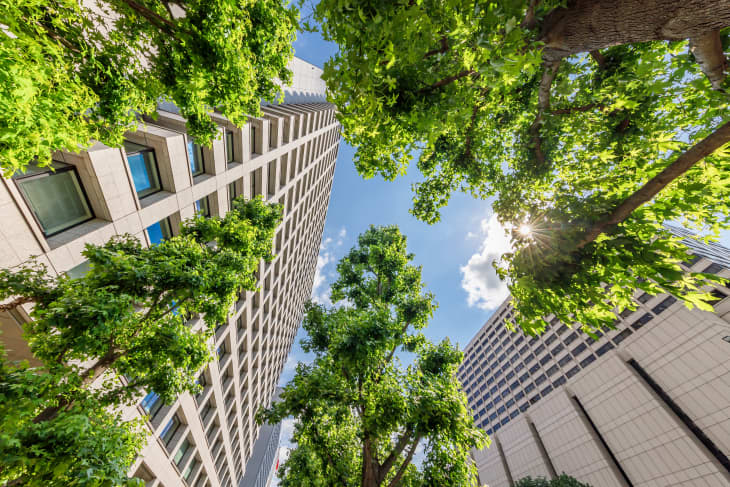Choosing the location of your home often boils down to a few crucial aspects. For some, the most important detail is the proximity to schools or hospitals. Others focus on property value appreciation. Maybe your utmost priority is the accessibility of major transit routes.
But have you thought to consider the abundance of trees in the neighborhood? (Yes, the trees!) Urban areas with tree-lined streets surely look beautiful — but that’s not the only reason why they’re appealing.
Trees influence various factors that affect human health, like temperature, atmospheric carbon, and air quality. Simply having 10 more trees in a city block can improve your perception of your own health, which is a strong predictor of health outcomes. Here’s why trees are a critical asset to urban housing.
Trees Are Good for Your Health
Living in cities with accessible trees and parks is associated with positive physical and mental health, says Monica G. Turner, PhD, Eugene P. Odum professor of ecology and Vilas research professor at the University of Wisconsin-Madison.
If you’re living somewhere near trees, you probably feel more connected to nature and wildlife, which is linked with better psychological well-being and less mental stress.
A 2020 study found that people who live within 100 meters of a high density of street trees had a lower rate of antidepressant prescriptions. This suggests that your unintentional daily contact with nature may help reduce the risk of depression.
And even if you don’t go out that often — especially during the ongoing COVID-19 pandemic — just being able to see lots of neighborhood greenery from your home can reduce depressive and anxiety symptoms. Being in, nearby, or within a view of green space can also help you recover from psychosocial stress and be more optimistic.
Trees are a source of joy and inspiration for people, says Naomi Alena Sachs, PhD, assistant professor in the Department of Plant Science and Landscape Architecture at the University of Maryland and founding director of the Therapeutic Landscapes Network. City dwellers in areas with more trees have lower odds of heart disease and diabetes, not to mention higher rates of physical activity, she adds.
